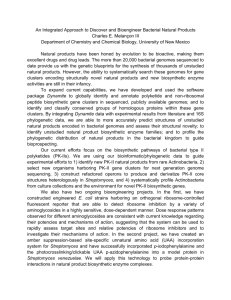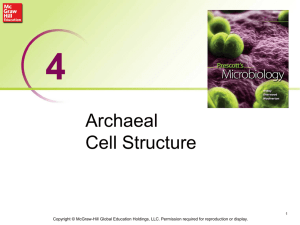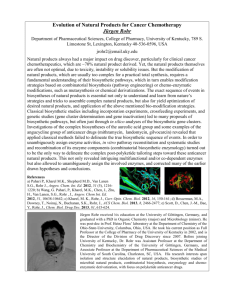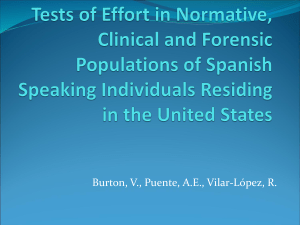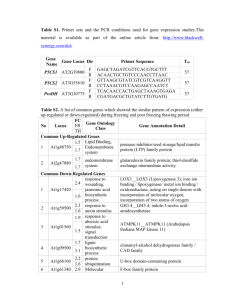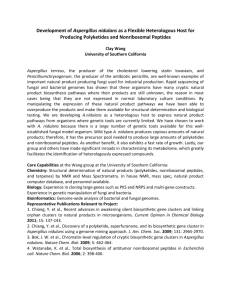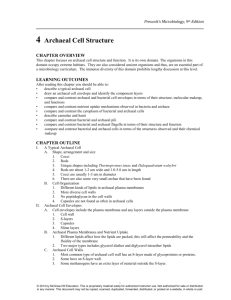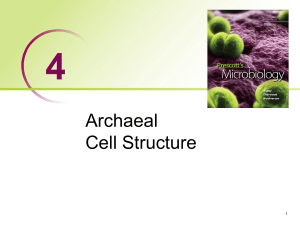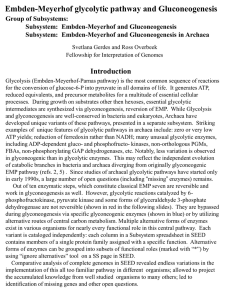Natural product biosynthesis in the domain archaea has been
advertisement
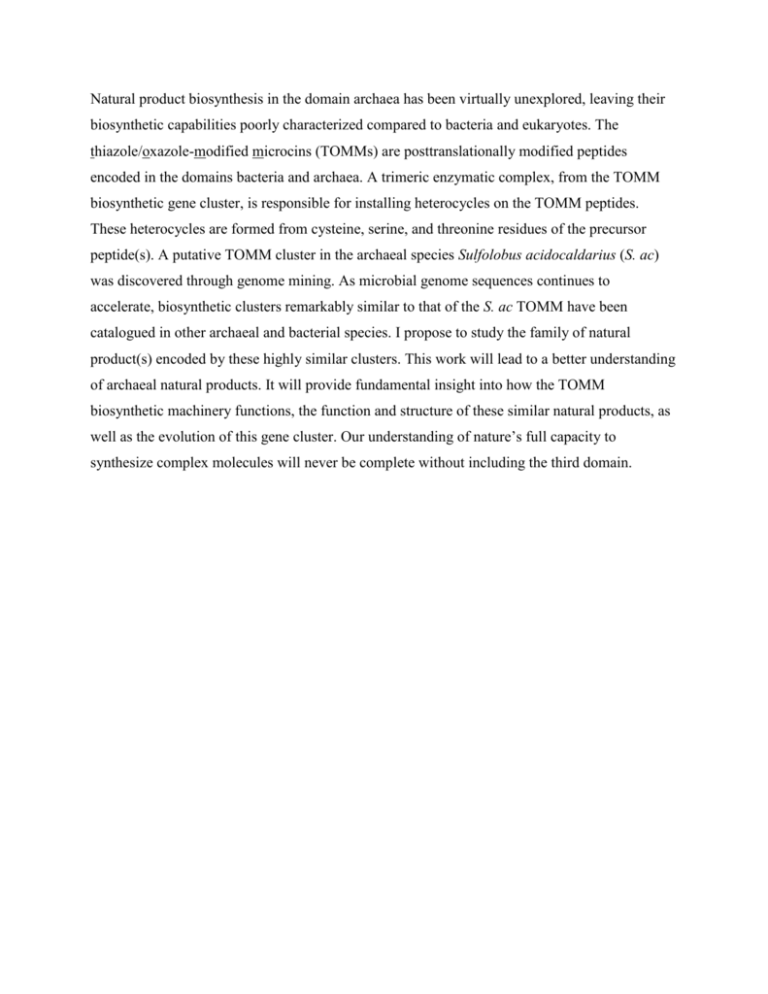
Natural product biosynthesis in the domain archaea has been virtually unexplored, leaving their biosynthetic capabilities poorly characterized compared to bacteria and eukaryotes. The thiazole/oxazole-modified microcins (TOMMs) are posttranslationally modified peptides encoded in the domains bacteria and archaea. A trimeric enzymatic complex, from the TOMM biosynthetic gene cluster, is responsible for installing heterocycles on the TOMM peptides. These heterocycles are formed from cysteine, serine, and threonine residues of the precursor peptide(s). A putative TOMM cluster in the archaeal species Sulfolobus acidocaldarius (S. ac) was discovered through genome mining. As microbial genome sequences continues to accelerate, biosynthetic clusters remarkably similar to that of the S. ac TOMM have been catalogued in other archaeal and bacterial species. I propose to study the family of natural product(s) encoded by these highly similar clusters. This work will lead to a better understanding of archaeal natural products. It will provide fundamental insight into how the TOMM biosynthetic machinery functions, the function and structure of these similar natural products, as well as the evolution of this gene cluster. Our understanding of nature’s full capacity to synthesize complex molecules will never be complete without including the third domain.
